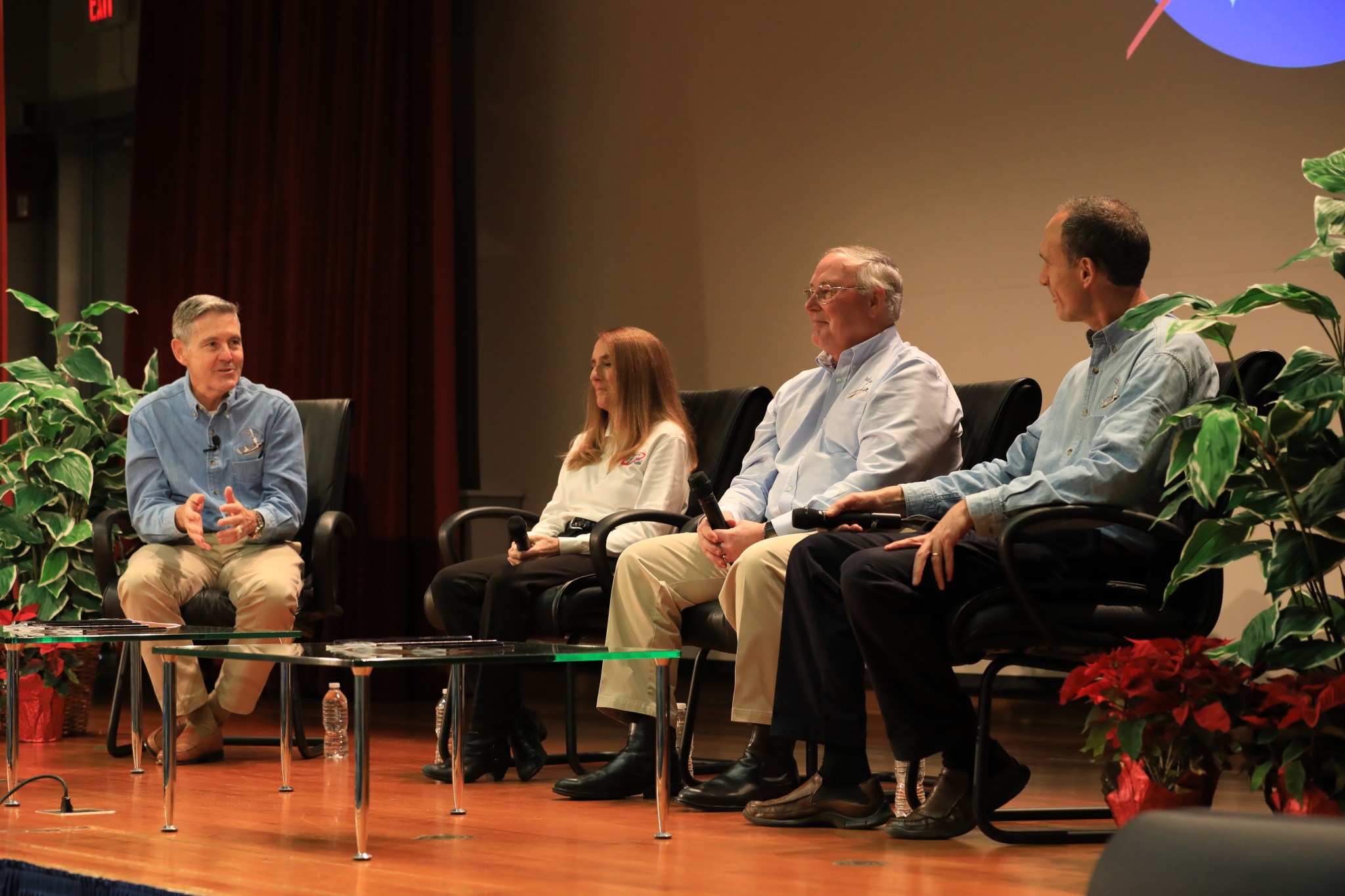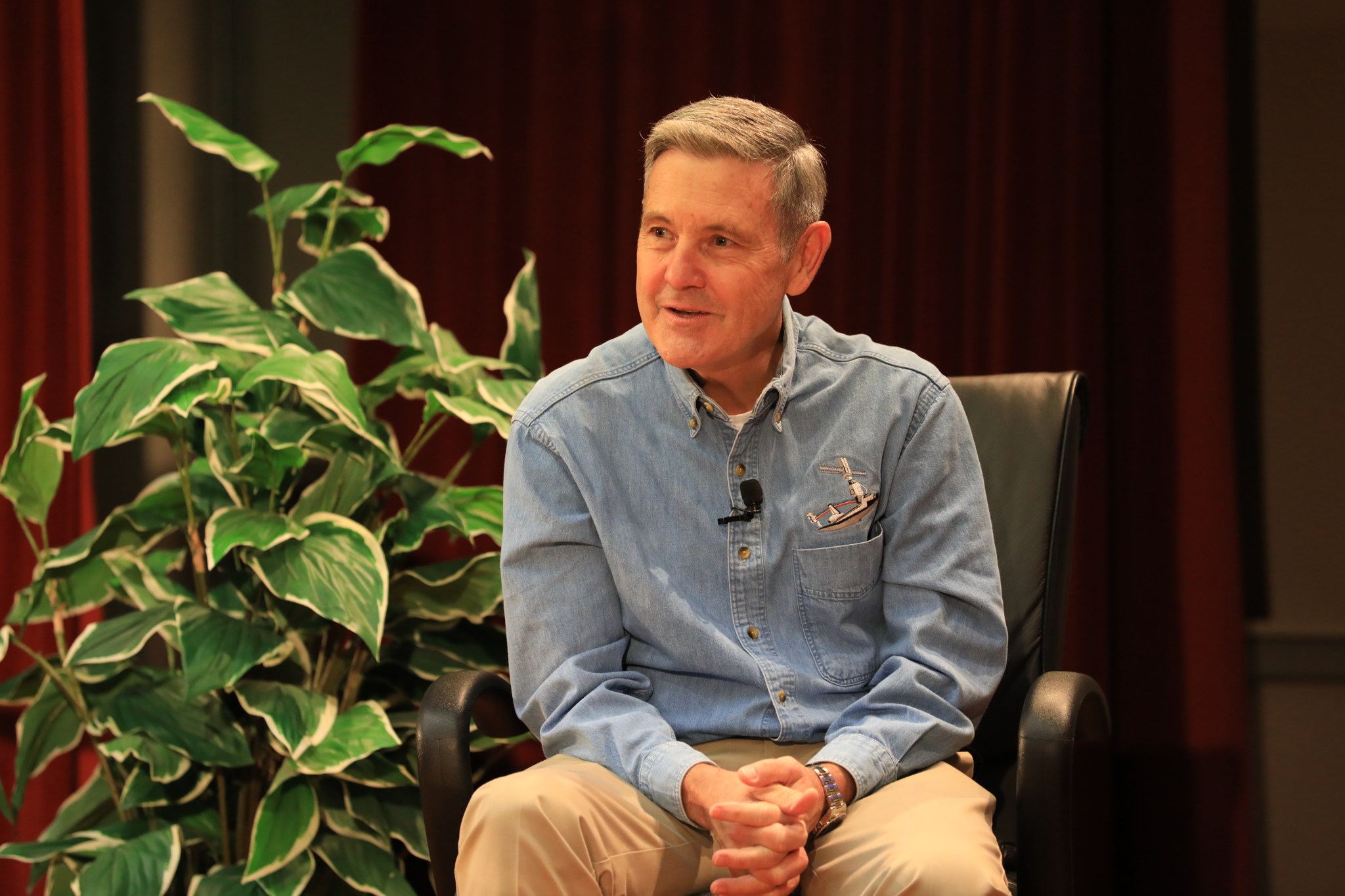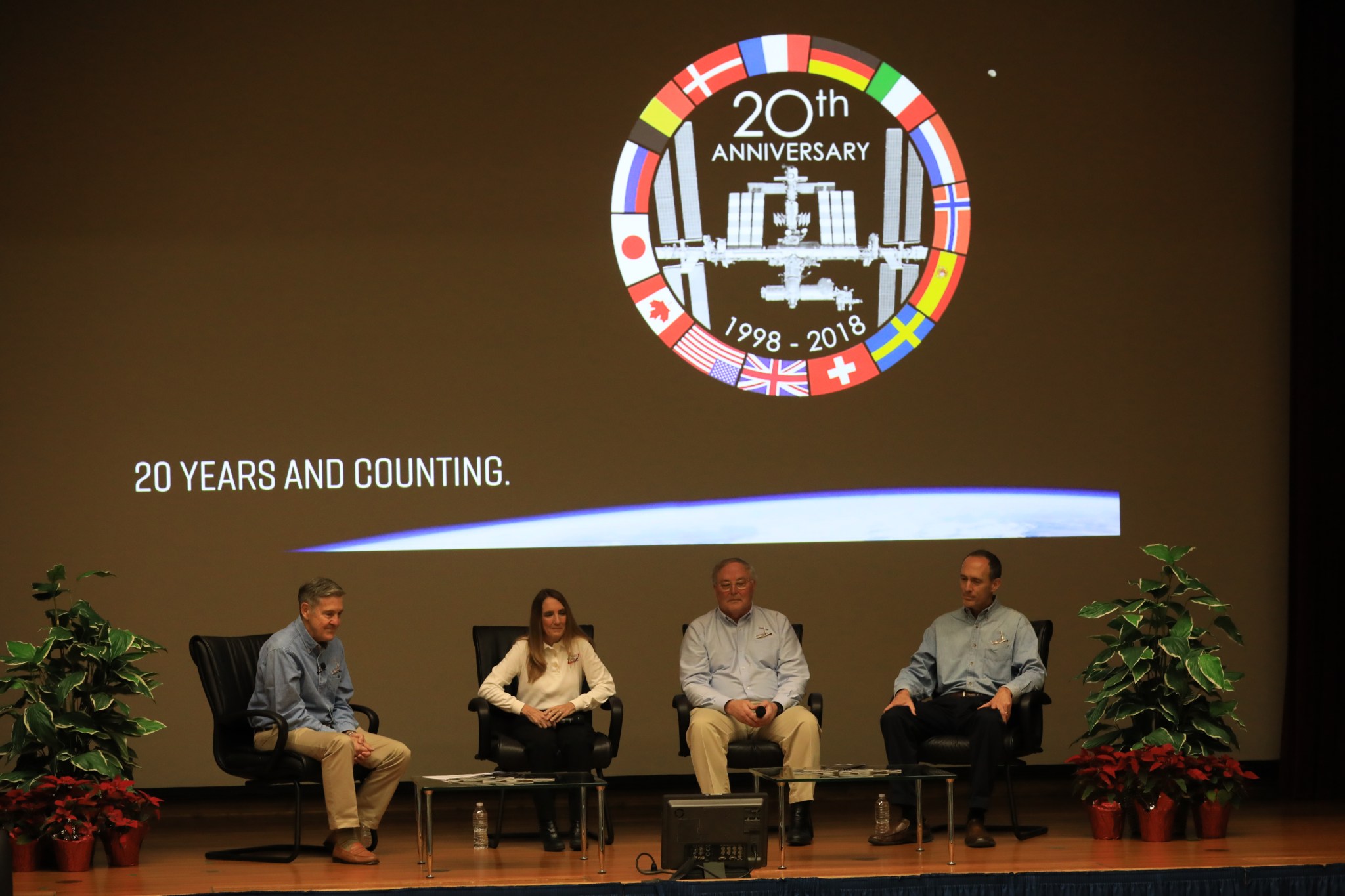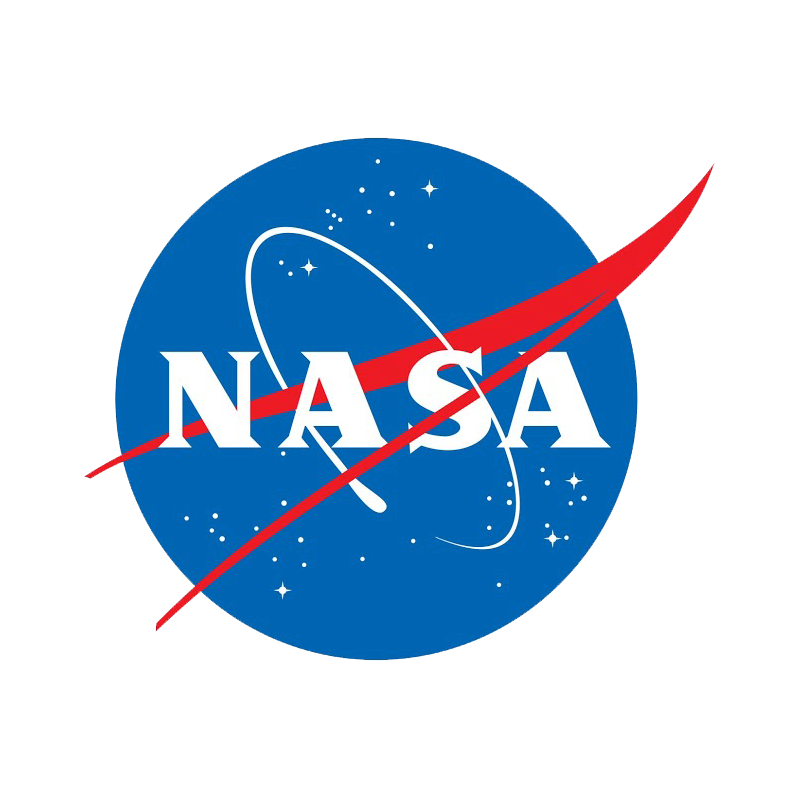
By Jim Cawley
NASA’s Kennedy Space Center


On the 20th anniversary of the first International Space Station assembly mission, members of that Shuttle Endeavour crew received a very special message from more than 200 miles above the Earth.
“Our mission, our partnership, our unprecedented work on this most complex of all machines ever built is because of you,” Expedition 57 Commander and ESA (European Space Agency) astronaut Alexander Gerst said via video. “Happy anniversary from the crew of the International Space Station.”
Gerst and NASA astronaut Serena Auñón-Chancellor appeared together on the short video, which was played at the beginning of the STS-88 panel discussion held at Kennedy Space Center’s Training Auditorium on Dec. 10. The event marked 20 years — to the day — since the landmark mission to join America’s Unity module and Russia’s Zarya module in orbit, beginning the historic assembly of the space station.
“Pretty darn cool,” STS-88 Commander and Kennedy Director Bob Cabana said with a smile. “The only way that message could have been better is if the four of us would have been up there giving it.”
Cabana was joined on the panel by three STS-88 crew members: mission specialists Nancy Currie-Gregg, Jerry Ross and Jim Newman. The other two members of that mission were pilot Rick Sturckow and mission specialist Sergei Krikalev.
The STS-88 mission paved the way for humans to live and work on the space station. Thanks to the momentous efforts of all the station assembly crews, the orbiting laboratory boasts an unbroken chain of human habitation since 2000.
Cabana reflected on Dec. 10, 1998, recounting how he addressed the question of who would enter the space station first. As the crew was going through procedures in preparation to enter, Cabana called Krikalev to the front. By design, the NASA astronaut and Russian cosmonaut went through together, meaning there was no actual “first person” to enter the space station.
“I felt it important that if we were an international crew on an international space station, we need to enter it as an international crew,” Cabana said. “So we entered it side by side. And I think that set a standard for how we operate on ISS.”
Asked by Cabana what her favorite memory was from STS-88, Currie-Gregg replied, “For me, it was watching you make that first call to the ground: ‘Houston, this is the International Space Station.’ I remember looking at each other like ‘this is like a movie.’ And somebody said ‘yeah, but we’re in it.’”
For Newman, it was the realization that they were actually up there, inside the space station.
“Definitely working on something that was greater than we were, that would last much longer than our own careers, was very, very special,” he said.
Cabana praised his crew, along with the countless others who contributed to the mission’s success. His fellow panel members agreed.
“We talk about the NASA family a lot; the NASA family extends well beyond the crew,” Currie-Gregg said. “When I came back to the ground, I tried to explain to people that you were there with me.”
Two decades later, the space station continues to serve as a world-class laboratory where people from all over the planet work, live and discover.
“It’s just amazing,” Cabana said. “In spite of all our differences, we work together as one, and we have been for 20 years on the International Space Station.”




























